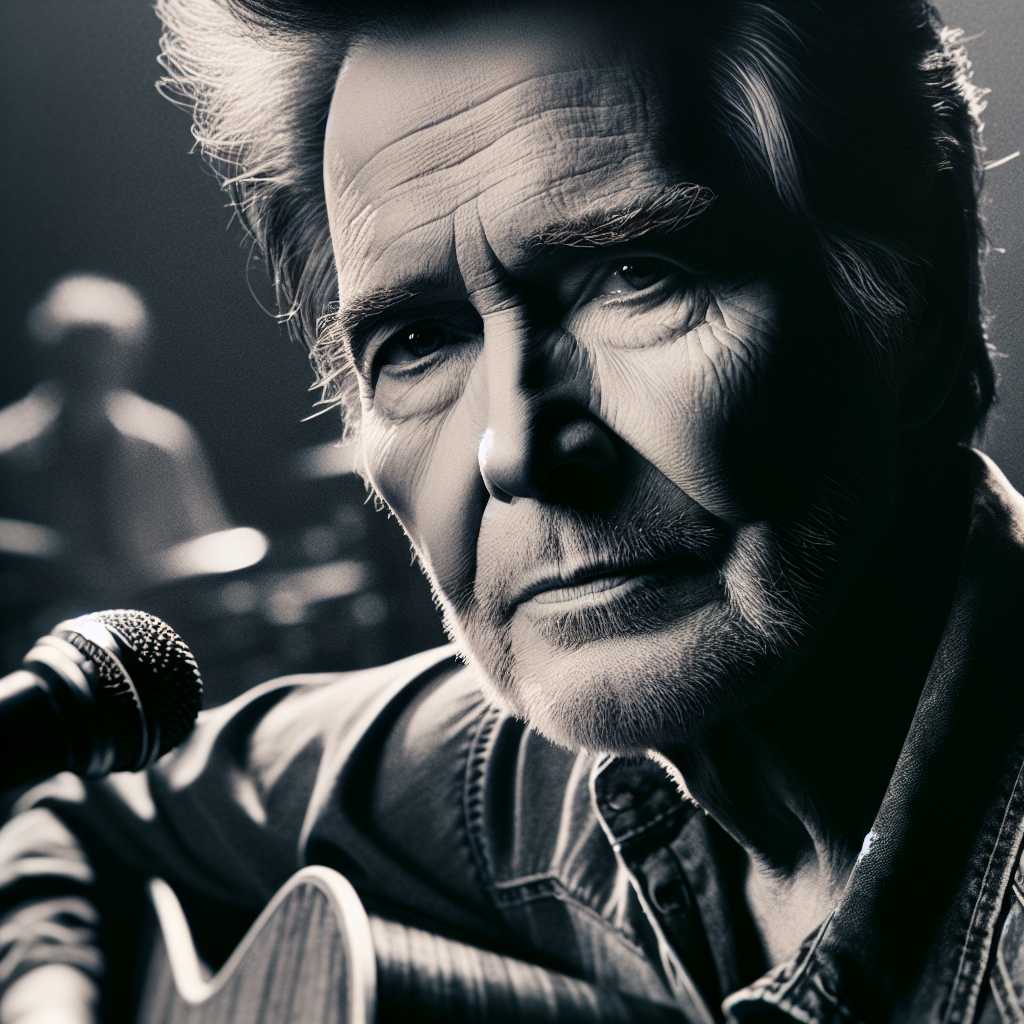The Enduring Legacy of Bob Dylan: Reinventing Music and Culture Over Decades
Bob Dylan, born Robert Allen Zimmerman in 1941, is widely regarded as one of the foremost figures in contemporary music and culture. His influence has been both wide-reaching and multidimensional, affecting music, literature, and political activism. Dylan’s career, spanning well over five decades, showcases an evolving artist who has refused to remain stagnant, constantly seeking new lyrical and musical avenues to explore. In this extensive look at Dylan’s life and career, we delve into the various periods of his artistic journey while touching upon his remarkable impact not just on the music industry, but on the wider societal tapestry.
Early Life and Musical Beginnings
Raised in a close-knit Jewish community in Hibbing, Minnesota, Dylan’s musical journey began early. Inspired by rock ‘n’ roll icons like Elvis Presley and the burgeoning sounds of folk music, he learned to play guitar and harmonica during his teens. While attending the University of Minnesota in Minneapolis, he dove deep into the local folk scene. Adopting the stage name “Bob Dylan,” supposedly after the Welsh poet Dylan Thomas (though Dylan himself has given multiple interpretations), he began to craft his image as a Woody Guthrie-esque troubadour.
The Folk Poet Emerges
Moving to New York City in 1961 and immersing himself in Greenwich Village’s vibrant music scene, Dylan quickly became a notable figure in the folk community. His eponymous debut album ‘Bob Dylan’ contained only two original compositions – indicative of his roots as a folk traditionalist. However, by the time of his second album ‘The Freewheelin’ Bob Dylan,’ it became clear he was a gifted songwriter with a unique take on contemporary social issues.
Songs like “Blowin’ in the Wind” and “A Hard Rain’s a-Gonna Fall” resonated deeply with listeners amid the Civil Rights Movement and mounting fears of nuclear war. Dylan had established himself not only as a musician but as a generational voice for change.
Going Electric: Controversy and Artistic Growth
By mid-decade, Dylan was transitioning from acoustic folk to rock instrumentation, famously ‘going electric’ at the 1965 Newport Folk Festival—a move that earned jeers from folk purists. Albums like “Highway 61 Revisited” and “Blonde on Blonde” signaled his full embrace of electric instrumentation and complex lyrical themes that delved into personal and philosophical realms while turning away from overt protest songs.
Dylan’s lyrics during this period became more surrealistic and enigmatic, a stylistic turn culminating in what many consider his masterpiece: “Like a Rolling Stone.” With its sprawling structure and poetic density, Dylan challenged conventional limits of what factors into popular music songwriting.
Invention and Self-Reinvention Through The Years
Throughout subsequent decades, Dylan continued to reinvent himself with notable phases including a foray into country-inspired music with “Nashville Sky[continued] Skyline,” a born-again Christian period reflected in albums like “Slow Train Coming,” and exploring American standards in his later years.
Despite this constant evolution, there are throughlines in Dylan’s work: masterful storytelling, an ability to draw from various literary and musical traditions, and a voice that serves as an omnipresent narrator—distinctive if not traditionally beautiful.
Recognition Beyond Music: The Nobel Prize
In recognition of his profound impact on popular culture and literature—and perhaps in an attempt to delineate where music ends and poetry begins—the Swedish Academy awarded Bob Dylan the Nobel Prize in Literature in 2016 for having “created new poetic expressions within the great American song tradition”. This unprecedented recognition solidified Dylan’s position as an artist whose work transcends mediums.
Going Strong: Late Career Ventures
Even in his late career phase, Dylan has never settled for mere nostalgia or restages of past glories. From continual worldwide tours—dubbed the “Never Ending Tour”—to releasing critically acclaimed albums like “Modern Times” and “Rough and Rowdy Ways”, his ceaseless output is at once surprising yet aligned with his lifelong ethos of reinvention.
Legacy and Influence on Music Culture
To speak of Dylan’s influence on just folk or rock is to miss the vastness of his cultural footprint. His mark lies across genres, seen in artists as varied as Bruce Springsteen, Joni Mitchell, Neil Young, Patti Smith, and countless others. His songwriting has been critiqued and celebrated in academia, while covers of his songs in myriad styles reveal not just broad appeal but adaptability across musical divides.

